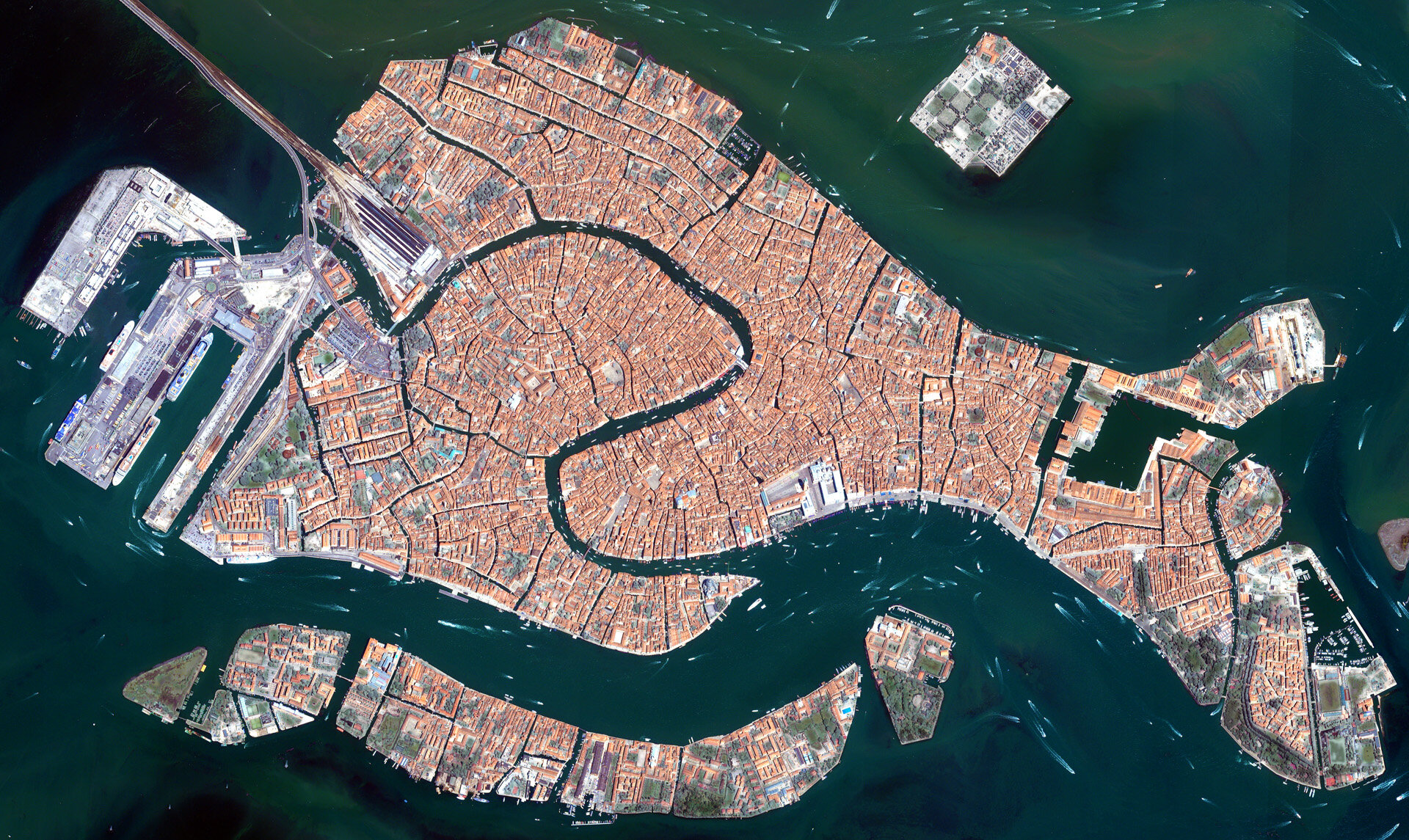On the topic of topography
In a city where sea level is of particular significance, a scientific conference on the radar that records sea-surface height will be held in September. The deadline for abstract submissions for the symposium in Venice, Italy, on two decades of radar altimetry is fast approaching.
The ‘20 Years of Progress in Radar Altimetry’ Symposium will be held at the Venice Convention Centre Palazzo del Casinó from 24 to 29 September 2012.
Organised in collaboration with the French space agency, CNES, the symposium is open to all scientists interested in radar altimetry – the measurement of global sea surface, land and ice height by spaceborne sensors.
During the symposium, participants will focus on the challenges overcome to develop our current understanding of Earth’s surface variations observed by altimetry. Future developments to advance our understanding of oceans, coastal processes, the cryosphere and other themes will also be discussed.
The deadline for the submission of abstracts is just around the corner. Interested parties need to send in their ideas for oral and poster presentations by 1 March for the Scientific Committee’s review. For more information, visit the symposium website.
The event takes place just after the 20-year anniversary of the launch of the first European Remote Sensing satellite, ERS-1, and of the joint CNES and NASA mission TOPEX/Poseidon – both missions carried radar altimeters.
TOPEX/Poseidon was followed by the Jason-1 and -2 missions, flown in 2001 and 2008, respectively.
ESA’s follow-up instruments aboard ERS-2, Envisat and CryoSat have ensured the continuity of radar altimetry measurements. ESA will launch its next radar altimeters with the Sentinel-3 mission within the Global Monitoring for Environment and Security (GMES) programme.

Radar altimeters measure the surface topography profile along the satellite track. They provide precise measurements of a satellite’s height above the ocean by measuring the time interval between the transmission and reception of very short electromagnetic pulses.
A variety of parameters may be inferred using the information from these measurements, such as time-varying sea-surface height (ocean topography), the lateral extent of sea ice and altitude of large icebergs above sea level, as well as the topography of land and ice sheets, and – indirectly – even that of the sea floor.
Satellite altimetry also provides information for mapping sea-surface wind speeds and significant wave heights.
Along with the Symposium, two related events will take place in Venice the same week: the annual meeting of the Ocean Surface Topography Science Team and the International DORIS Service (IDS) workshop.
DORIS (Doppler Orbitography and Radio-positioning Integrated by Satellite) is an onboard satellite radio receiver used for precise orbit determination. Altimetry measurements become more precise and scientifically useful when the satellite position is precisely known.







